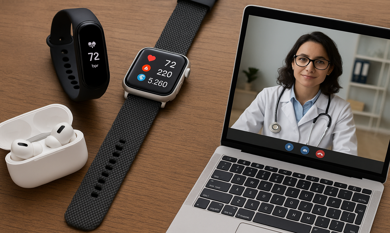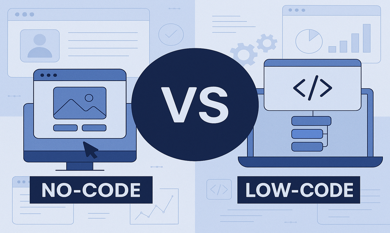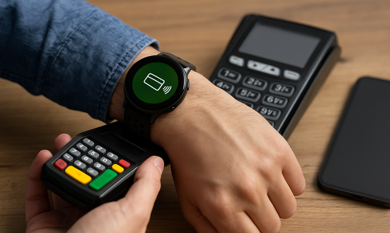Modern healthcare isn’t confined to hospitals and clinics anymore. Patients expect instant answers, continuous support, and convenient communication. This demand has given rise to AI-powered virtual doctors smart systems that engage patients over familiar channels like WhatsApp and SMS.
Building an AI doctor isn’t just about technology. It requires combining natural language understanding, secure integrations, and thoughtful workflows to deliver real value.
In this guide, you’ll learn how to design and deploy an AI doctor that offers 24/7 patient support, improves outcomes, and scales with your organization’s growth.
Why Messaging Channels Are Essential
Globally, WhatsApp alone has over 2 billion users, while SMS reaches nearly every mobile phone. Patients already rely on these channels in their personal lives.
By deploying an AI Doctor on WhatsApp and SMS, healthcare providers can:
- Meet patients where they are
- Reduce friction compared to app downloads
- Provide consistent, accessible support anytime
This combination makes messaging platforms the ideal foundation for conversational healthcare.
Core Capabilities of an AI Doctor
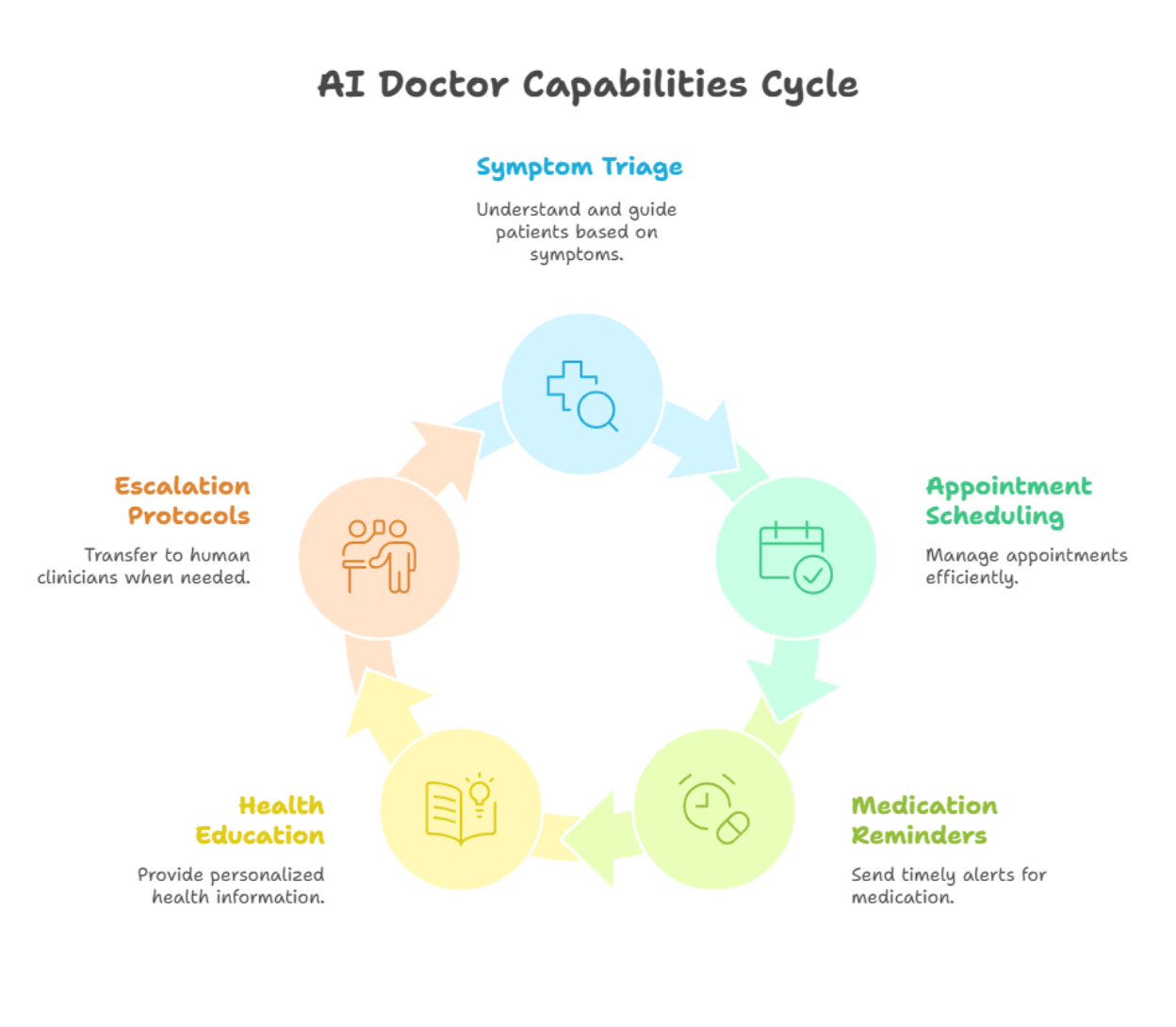
A robust AI doctor needs several core features:
Symptom Triage
Understand patient-reported symptoms and guide them to appropriate care levels.
Appointment Scheduling
Book, reschedule, or cancel appointments directly through messaging.
Medication Reminders
Send automated follow-ups and refill alerts.
Health Education
Deliver personalized information based on patient profiles.
Escalation Protocols
Transfer conversations to human clinicians when needed.
These capabilities ensure patients receive both immediate assistance and seamless handoffs to real providers.
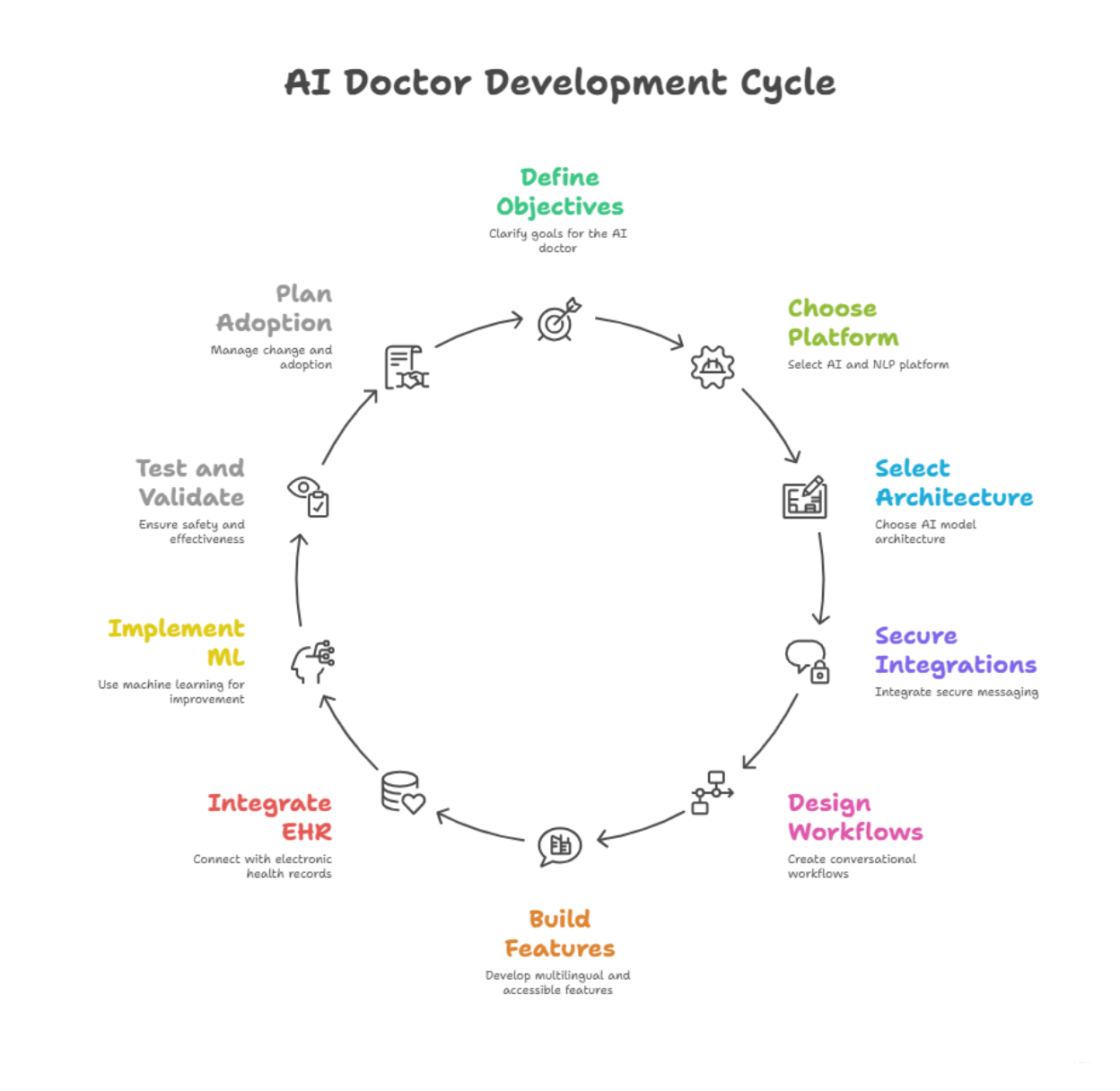
Step 1: Define Your Objectives
Before writing a single line of code, clarify your goals:
- Are you aiming to reduce call center volume?
- Do you want to improve chronic disease management?
- Will your bot support multiple languages or regions?
Clear objectives will shape everything from conversation flows to integrations.
Step 2: Choose Your AI and NLP Platform
Your AI doctor’s intelligence relies on natural language processing (NLP). Popular options include:
- Dialogflow: Google’s NLP engine supports multilingual capabilities and rich integrations.
- Rasa: Open-source framework offering flexibility and control.
- Microsoft Bot Framework: Scalable platform with Azure cloud services.
When selecting a platform, consider:
- Language support
- Ease of training models
- Integration with WhatsApp Business APIs and SMS gateways
Step 3: Select Your AI Model Architecture
Depending on complexity, you may use:
- Rule-Based Models: For straightforward question-answering and triage.
- Machine Learning Models: For more flexible understanding of varied phrasing.
- Large Language Models: For nuanced dialogue and rich explanations.
Hybrid models often combine rule-based flows for compliance with advanced ML for natural conversations. Early testing is critical to avoid hallucination or off-topic responses.
Step 4: Secure Messaging Integrations
WhatsApp Business API and SMS providers like Twilio enable secure, scalable communication.
Key steps:
- Apply for WhatsApp Business API access through approved providers.
- Set up SMS gateways to handle inbound and outbound messages.
- Ensure all messages are encrypted in transit and stored securely.
These integrations enable reliable AI Doctor on SMS deployments that comply with privacy regulations.
Step 5: Design Conversational Workflows
Workflows are the backbone of a successful AI doctor. They define how patients interact with your system.
Best Practices:
- Keep language clear and empathetic.
- Use confirmation prompts to prevent misunderstandings.
- Include fallback options if AI doesn’t understand a query.
- Build escalation paths to connect patients to live agents.
Mapping workflows visually helps clarify every step.
Step 6: Build Multilingual and Accessible Features
To serve diverse communities:
- Train NLP models on multilingual datasets.
- Ensure messages can be delivered in patients’ preferred languages.
- Use simple, inclusive language.
- Enable voice-to-text or text-to-voice capabilities for patients with accessibility needs.
These enhancements expand your reach and improve patient experience.
Step 7: Integrate Electronic Health Records (EHR)
For personalization, integrate your bot with EHR systems. This allows the AI doctor to:
- Pull patient history for context-aware responses.
- Log interactions automatically.
- Trigger alerts for clinicians when high-risk symptoms are reported.
Integration also supports continuity of care and simplifies documentation.
Step 8: Implement Machine Learning for Continuous Improvement
AI doctors should evolve over time. Incorporate machine learning pipelines to:
- Analyze conversation logs.
- Identify common failure points.
- Retrain NLP models with new data.
Continuous improvement ensures your bot becomes more accurate and useful as usage grows.
Step 9: Test and Validate Thoroughly
Testing ensures your AI doctor is safe and effective.
Types of Testing:
- Unit Tests: Validate individual functions.
- Integration Tests: Ensure systems communicate properly.
- User Acceptance Testing: Confirm workflows meet patient needs.
- Security Testing: Identify vulnerabilities in messaging and data handling.
Regular testing after deployment catches regressions and emerging issues.
Step 10: Plan Change Management and Adoption
Technology alone isn’t enough. Successful adoption requires:
- Staff training sessions
- Clear escalation policies
- Patient education materials explaining how the AI doctor works
Ongoing feedback loops help refine the experience and build trust.
Real-World Example
A Chinese startup recently trialed the first AI doctor clinic in Saudi Arabia, delivering fully automated consultations without human physicians present. Patients could interact with AI systems for symptom assessments, treatment recommendations, and follow-up instructions—all through digital channels.
This pilot demonstrates how quickly AI healthcare solutions are evolving globally.
Reference: Bloomberg
Benefits of AI Doctors Over Messaging
Organizations investing in AI messaging solutions achieve:
- Scalability: Support thousands of concurrent conversations without increasing staff.
- Cost Savings: Lower operational expenses compared to call centers.
- 24/7 Availability: Offer around-the-clock support.
- Personalization: Deliver context-aware responses tailored to each patient.
- Consistency: Standardize information and recommendations.
The Future of Conversational Healthcare
Expect AI doctors to evolve with:
- Voice and Video Integration: Combining text, voice, and video for richer interactions.
- Multilingual Support: Reaching diverse populations seamlessly.
- Predictive Analytics: Anticipating patient needs before they reach out.
- Connected Devices: Incorporating data from wearables and IoT medical devices.
Early adopters will be best positioned to meet rising patient expectations and stand out in a crowded market.
Conclusion
Building an AI doctor on WhatsApp and SMS empowers healthcare providers to deliver accessible, real-time AI Patient Support at scale. From symptom triage to appointment scheduling, these systems improve outcomes and reduce operational strain.
Organizations often work with partners offering custom healthcare software development services Dallas to build secure integrations with EHRs, messaging APIs, and analytics platforms.
To succeed, invest in robust NLP models, secure integrations, continuous testing, and change management. Partnering with an experienced custom AI development company Dallas ensures your platform is reliable, compliant, and built to evolve.
Ready to Launch Your AI Doctor?
Contact Theta Technolabs today.
Explore how we can help you:
- Develop conversational workflows and smart integrations.
- Transform patient engagement with AI-powered messaging.






















_Choosing%20the%20Right%20App%20Development%20Company_%20A%20Comprehensive%20Guide_Q1_24.jpg)
_Chatbots%20for%20Event%20Management%20and%20Hospitality%20Services_Q1_24.jpg)
_Best%20iOS%20App%20Development%20Company_%20Enhancing%20User%20Engagement%20with%20Push%20Notifications_Q2_24.jpg)
_Key%20Trends%20in%20Healthcare%20Software%20Development%20for%20the%20Future_Q2_24.jpg)
_How%20much%20does%20it%20cost%20to%20create%20an%20android%20app%20in%202024%20for%20Startups_%20A%20detailed%20guide_Q2_24.jpg)
_Integrating%20Chatbots%20Into%20Your%20Application.jpg)


_Enhancing%20Driver%20Safety%20and%20Compliance%20with%20Web%20Apps%20in%20the%20Logistics%20Sector_Q3_24.jpg)
_Web%20Apps%20for%20Retail%20and%20eCommerce_%20Streamlining%20Operations%20and%20Reducing%20Costs_Q3_24.jpg)
_How%20AI%20is%20Enhancing%20Construction%20Site%20Surveillance%20and%20Security%20in%20Dallas_Q3_24-1.jpg)
_The%20Impact%20of%20Cross-Platform%20Apps%20on%20Real%20Estate%20Market%20Trends%20in%20Dallas_Q3_24-1.jpg)
_Streamlining%20Appointment%20Scheduling%20with%20Cloud%20Computing%20in%20Dallas%20Healthcare_Q4_25.jpg)
_How%20Cloud%20Solutions%20Are%20Enhancing%20Remote%20Patient%20Monitoring%20in%20Healthcare_Q4_25.jpg)










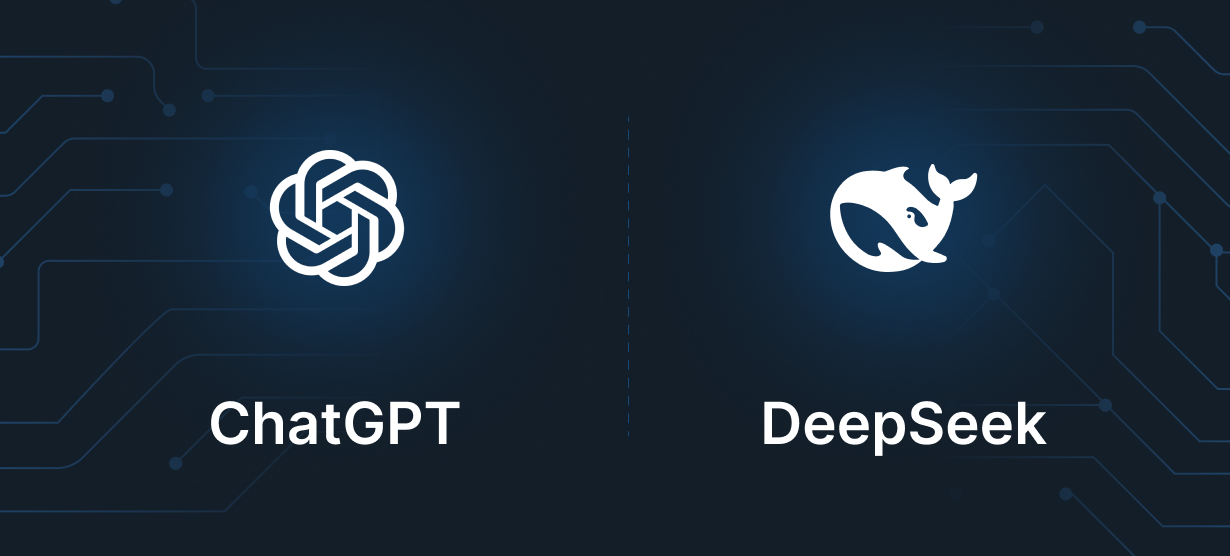




















.png)




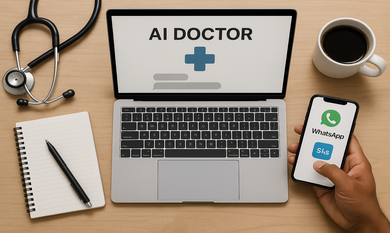
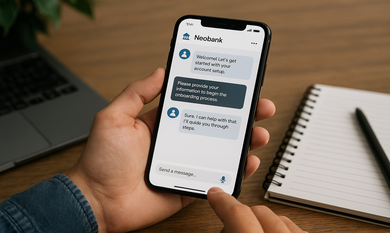
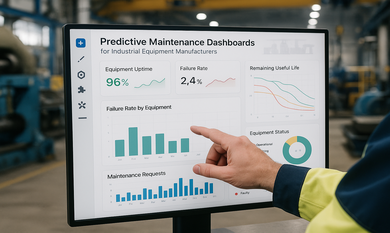




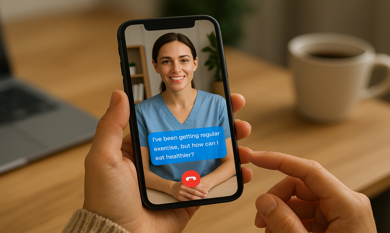
.png)
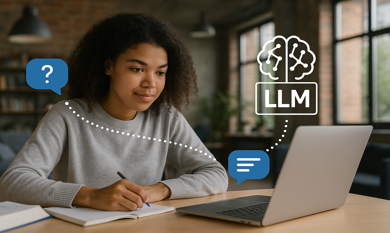
.png)
.png)
.png)
.png)


.png)
.png)
.png)

.png)






.png)
.png)

